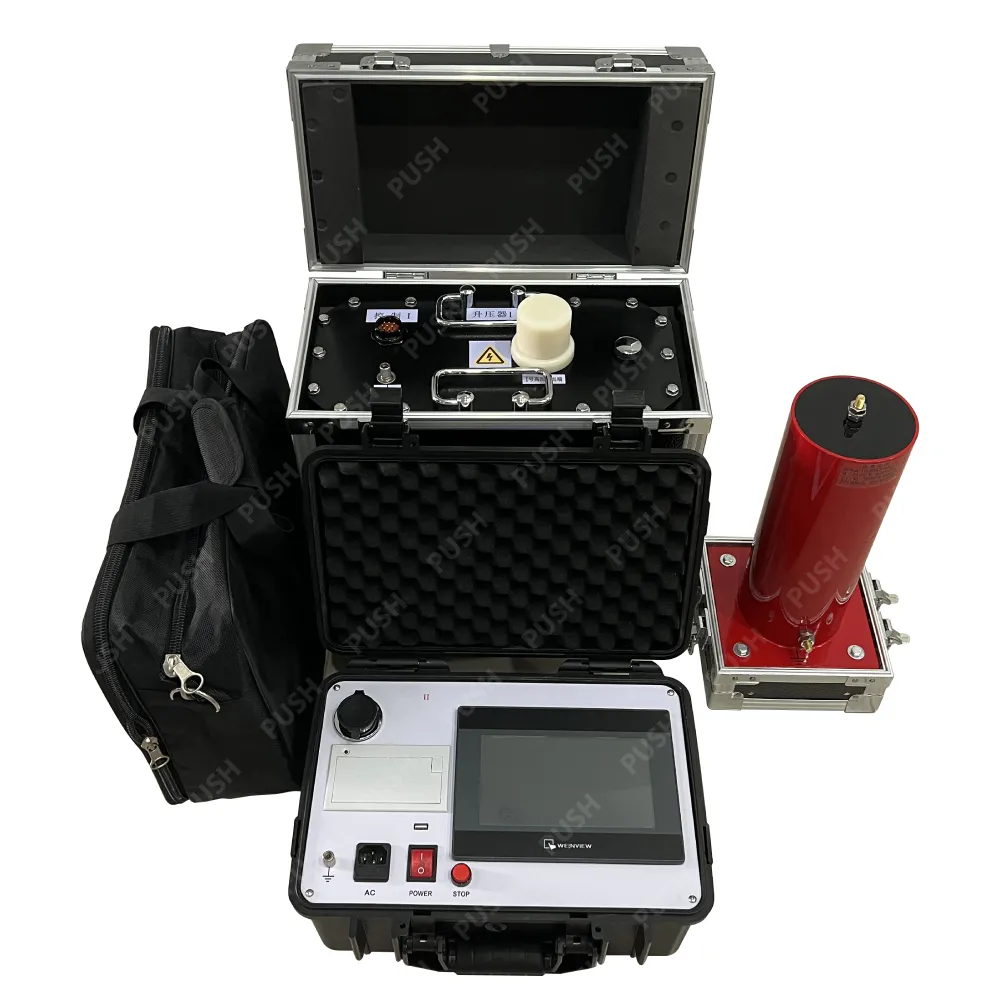 English
English


Understanding the No Load Test Procedure for Single Phase Transformers in Electrical Engineering
No-Load Test on Single-Phase Transformers
The no-load test, also known as the open-circuit test, is a crucial procedure in the evaluation and assessment of single-phase transformers. This test provides valuable insights into the transformer’s core losses and its equivalent circuit parameters, enabling engineers and technicians to understand its performance characteristics under no-load conditions.
Purpose of the No-Load Test
The primary objective of the no-load test is to determine the core losses that occur in a transformer when there is no load connected to it. These losses are mainly due to hysteresis and eddy currents within the core material. Understanding these losses is essential for assessing the efficiency of the transformer and ensuring it operates within the desired specifications.
Test Setup
To conduct a no-load test on a single-phase transformer, the procedure involves connecting the primary winding of the transformer to a suitable AC voltage source while keeping the secondary winding open. A wattmeter is used to measure the power consumed during the test, and an ammeter and voltmeter are utilized to monitor the current and voltage applied to the primary winding.
Procedure
1. Connections Connect the primary terminals of the transformer to the AC supply. Ensure that the secondary side remains open-circuited. 2. Measurement Slowly increase the voltage to its rated value while monitoring the current drawn by the transformer. It is crucial to note the power reading from the wattmeter at this stage.
3. Data Recording Record the voltage (V), current (I), and power (P) readings. The power measured indicates the core losses of the transformer.
no load test on single phase transformer

4. Calculation of Parameters The equivalent circuit parameters, including the core loss resistance (Rc) and magnetizing reactance (Xm), can be determined from these measurements. The core loss can be calculated using the formula \[ P = V \cdot I \cdot \cos\phi \] where \( \cos\phi \) is the power factor, which is typically small during this test, indicating mainly reactive power components.
Results Interpretation
From the obtained values, engineers can calculate various parameters essential for understanding the operational efficiency of the transformer. The core loss resistance is inversely related to the core losses, while the magnetizing reactance represents the inductive component that affects the transformer’s ability to magnetize its core.
The no-load test results can also be compared with the specifications provided by the manufacturer to ensure that the transformer performs within acceptable limits. If discrepancies are found, this might indicate issues such as faulty insulation, core saturation, or incorrect materials used in construction.
Importance in Transformer Design and Maintenance
The no-load test is integral not only during the manufacturing of transformers but also during routine maintenance checks. Regular testing can reveal gradual changes in core losses, helping to identify potential problems before they escalate into significant failures.
Conclusion
In summary, the no-load test on single-phase transformers is an essential diagnostic tool that provides valuable information regarding the operational efficiency of the transformer. By assessing core losses and equivalent circuit parameters, engineers can ensure that transformers function optimally, contributing to the reliable performance of electrical systems. Such tests ultimately support not only the design and construction of transformers but also their long-term maintenance and reliability in various applications.
-
Differences between open cup flash point tester and closed cup flash point testerNewsOct.31,2024
-
The Reliable Load Tap ChangerNewsOct.23,2024
-
The Essential Guide to Hipot TestersNewsOct.23,2024
-
The Digital Insulation TesterNewsOct.23,2024
-
The Best Earth Loop Impedance Tester for SaleNewsOct.23,2024
-
Tan Delta Tester--The Essential Tool for Electrical Insulation TestingNewsOct.23,2024





